Michigan districts make millions teaching home-schoolers karate and crafts
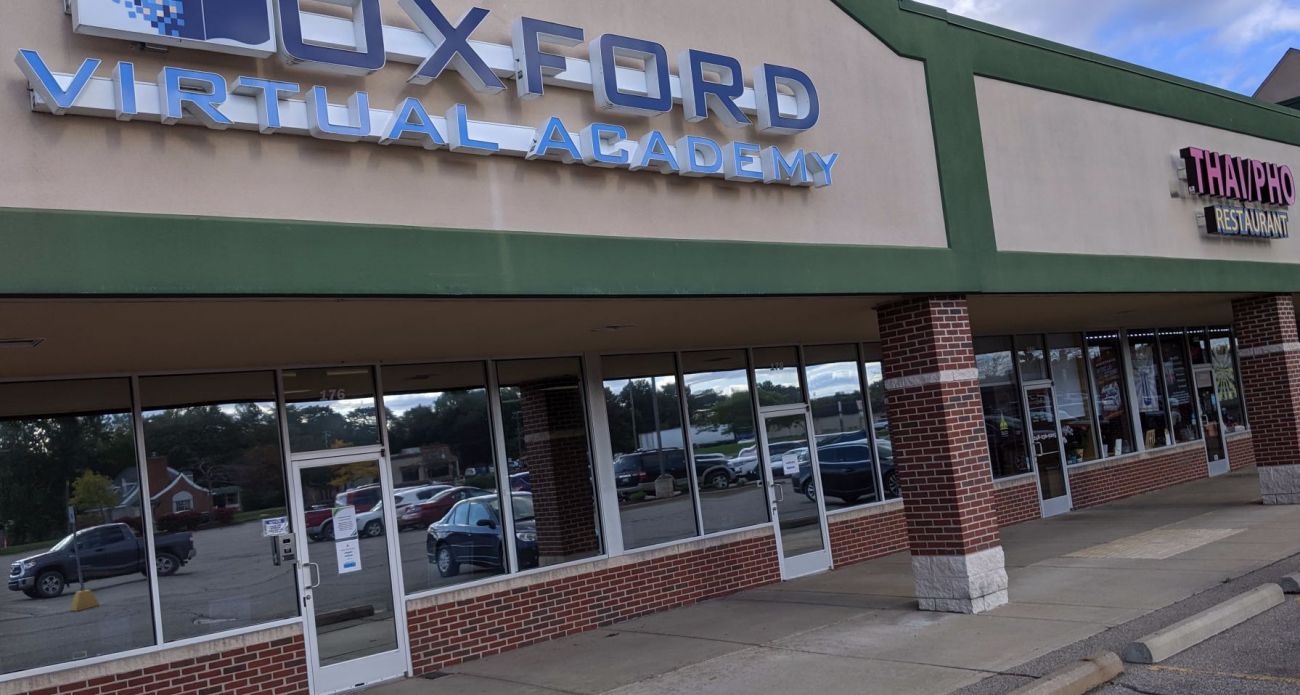
Michigan is paying tens of millions of dollars each year for home-schoolers to take classes in dance, karate, ice skating and other electives that critics say not only lack academic rigor but often amount to taxpayer-subsidized private lessons.
State law allows public schools to offer elective classes to home-school students, which has led to an explosion of online academies operated by public school districts from Traverse City to southeast Michigan since 2010.
But vague and conflicting state regulations have led to accusations that districts are overbilling taxpayers for classes led by uncertified teachers on subjects like animal husbandry, sewing and woodwinds — lessons that for parents of children in most public schools would be a private expense.
Last year, the programs cost Michigan taxpayers $27.2 million for roughly 7,300 home-schoolers, up from $5 million and 1,500 students in 2011-12.
State auditors are beginning to crack down and demand repayments from some districts. One of the most common complaints: Classes aren’t available to a district’s traditional brick-and-mortar students, as required by state law.
“This is about giving someone an unfair advantage,” said Paul Bodiya, chief financial officer of the Macomb Intermediate School District, which audited the Center Line schools’ home-school program and recommended a return of more than $3 million in state aid.
“They’re gaming the system in a way that’s not even allowed.”
A 1984 state Supreme Court decision mandated that Michigan districts provide educational offerings to home-schoolers, but only in nonessential courses, not math or other subjects where state test scores are falling behind.
In the past decade, many districts struggling with stagnant state financing have created online academies that cater to home-schoolers, often to make a profit.
Bridge Magazine obtained hundreds of pages and audits and records about the programs through the Michigan Freedom of Information Act.
The home-school classes, which operate from the Indiana border to the Upper Peninsula, typically work like this:
Students watch instruction videos for five hours a week at home, then meet an instructor in person for hands-on learning for one hour.
Districts pay course instructors about $350 per child per course, then bill the state $1,200 for the class, keeping the profit. For students who take four or five classes a semester, the total could reach as high as $6,000 for a full year for electives.
In contrast, all electives of a student in a traditional district — such as music, art and gym — would amount to about $1,300, or one-sixth of the roughly $8,000 per pupil a district gets. The rest would cover instruction in core classes like English, reading and math.
In the Niles Community Schools district in southwest Michigan, for instance, a home-school student took 10 such classes in the 2016-17 school year, including ice skating, voice, skiing and beginner horse care, according to a state audit of the program reviewed by Bridge.
Public school officials and advocates acknowledge the home-school programs were created to make a profit, but say it’s not only legal but helps districts in tough times.
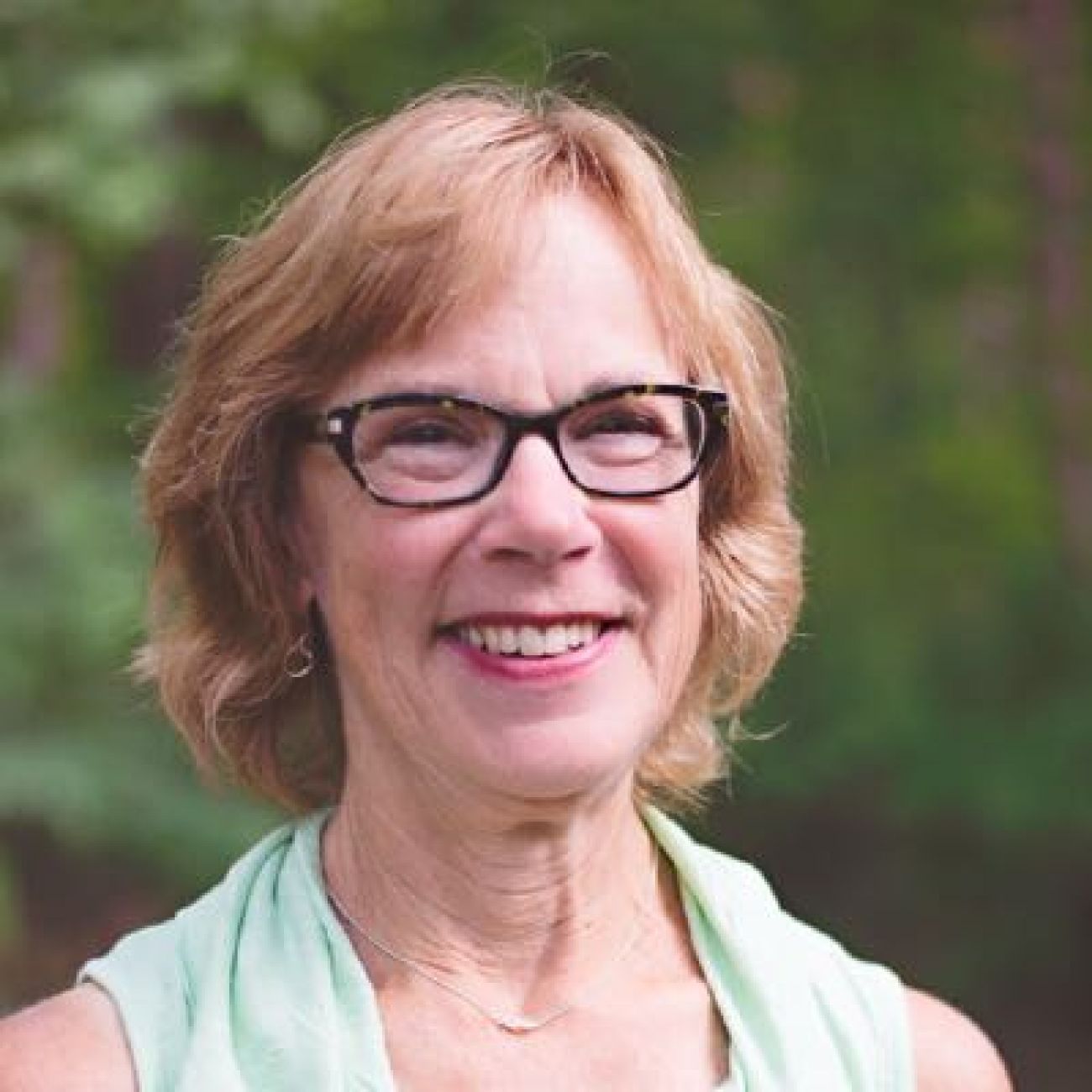
“How can it be? Well, if the law allows, it can be,” said Marsha Bahra, the former CEO and president of EdTech Specialists, a Traverse City-based consulting company that worked with districts to create online elective programs.
Bahra said the programs grew to help students who don’t succeed in traditional classrooms.
“They needed a different experience,” she said.
Bahra, who recently retired, said recent audits from the state of Michigan that scrutinize the programs have hurt districts and students.
“There’s a lot of emotion in all of this and it shouldn’t be about the emotion, it should be about the students and it should be about the staff,” she told Bridge. “If we did something wrong, we didn’t do it intentionally, we weren’t trying to money-grab.”
‘Movie madness’ and ‘free running’
The Traverse City Area Public Schools created the Northern Michigan Partnership for home-school students in 2017, which was based in a school in Interlochen, about a dozen miles from downtown Traverse City.
None of the district’s 11,000 traditional students took any of the classes; in fact auditors found there wasn’t a plan to transport those students to the program at the Interlochen facility.
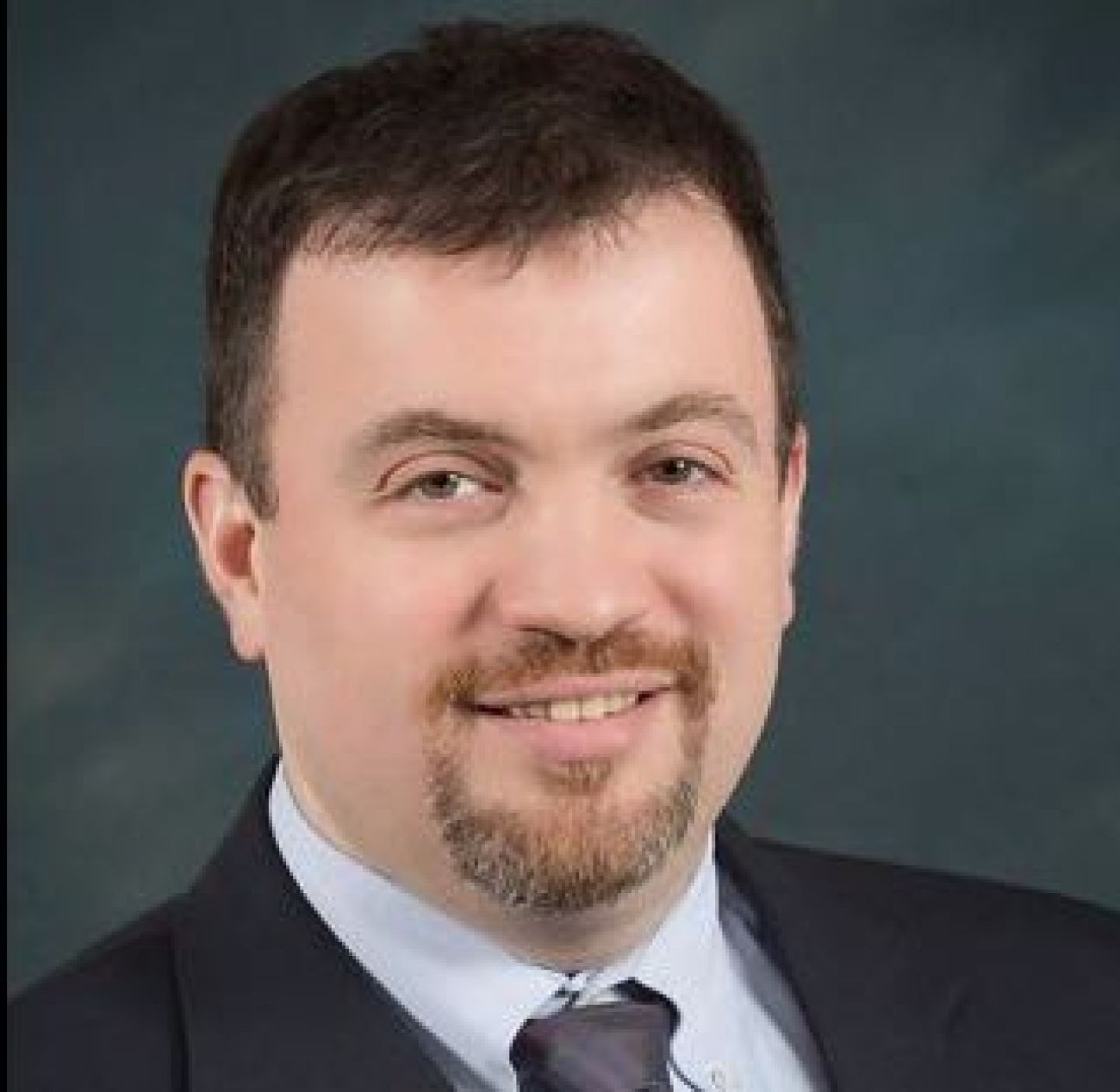
Jan Geht, a former member of the school board there, said he voted to approve the program despite serious misgivings.
“That was the purpose of the program, to generate profit,” Geht said, adding, “I couldn’t believe we would get paid to teach non-real topics.”
In Niles, home-school students took more than 400 piano classes, more than 350 dance, ballet or gymnastics classes and hundreds of lessons in basketball, soccer, ice skating and skiing in the 2016-17 school year.
As in Traverse City, the partnership classes were not available to traditional school students, auditors concluded, nor did the district have transportation plans to take students to them; some classes were well over 100 miles away.
Among the courses, according to documents reviewed by Bridge:
- A class on the “basic fundamentals of basketball” that met once a week for an hour. The actual course lasted eight weeks; in the remaining 10 weeks of the semester-long class, the instructor told students to “practice your skills on your own.”
- A “movie madness” fine arts course that showed films each week, including “Mary Poppins” and “Gulliver’s Travels,” as students made crafts.
- A course on martial arts, held in Elkhart, Indiana, that had a simple description: Every week students would “learn to kick and punch to defend themselves. Students will learn to evaluate the situation and then to do the appropriate action to stop the attack.”
The Macomb County district of Center Line offered similar courses, including one on “free running” in which students run, jump and climb through an obstacle course set up in a former warehouse.
‘Concerns have been raised’
The home-schooling programs are increasing as Michigan struggles with finances in a system that only allows them to add revenue by attracting more students.
That “incentivizes all types of educational entities to try to recruit children who would be less expensive to teach,” said Dave Campbell, superintendent of the Kalamazoo Regional Education Service Agency. A national education group estimates virtual schools cost nearly 25 percent less to operate than traditional brick-and-mortar schools.
As a result, some districts have found students and boosted enrollments in untraditional places: supplying private schools with teachers and extending kindergarten to two years.
Nearly 270 districts offer two years of kindergarten and 100 districts have teachers in non-public schools. Most of the home-school students are in programs run by 20 districts.

Combined, the three types of programs cost the state $260 million in 2018-19, according to a new report from the nonpartisan Citizens Research Council of Michigan that found the growth in those programs is “a hedge against declining enrollment pressures.”
Though traditional public school enrollment is down 6 percent since 2011, it’s skyrocketed in the nontraditional programs, up 400 percent among home-school students.
The programs have grown so quickly that former state superintendent Brian Whitson warned districts in a 2017 memo to be careful as they developed “innovative” programs.
“Concerns have been raised regarding some home-school partnerships and shared time program class offerings,” Whitson wrote.
Craig Thiel, who wrote the Citizens Research Council report, said helping nontraditional students is laudable, but added “is there a profit motive mixed in? It certainly seems like it.”
Tim Throne, superintendent of Oxford schools in northern Oakland County, doesn’t deny such a motive.
Last year, nearly 15 percent of Oxford’s student enrollment — and direct state aid — came from its home-school programs or online classes offered to private school students.
“Oxford has done this out of necessity, in order to survive,” he told Bridge.
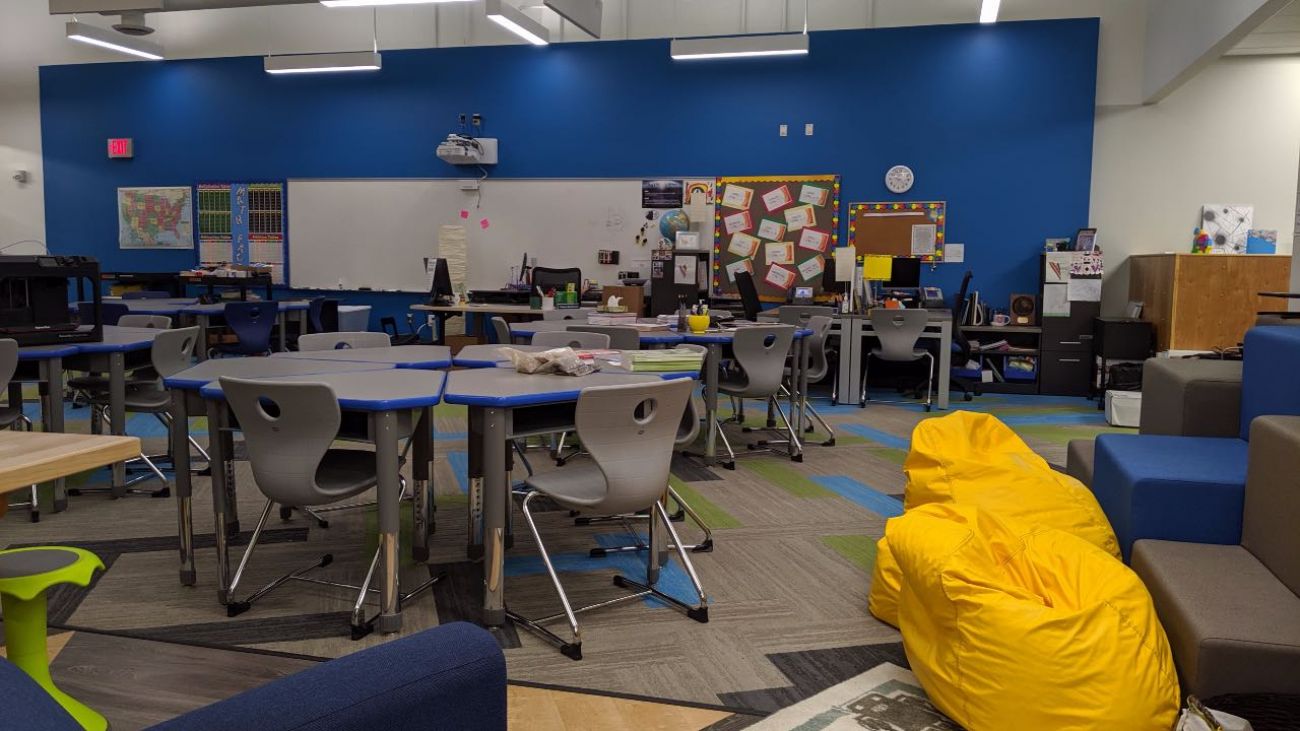
That additional money, Throne said, helped pay for more counselors and no-cost extracurricular activities for the district’s traditional students.
But Bodiya, the Macomb Intermediate School District official, said the financial gains for districts like Oxford and Center Line come at the expense of other districts that also need more money.
“Right now in Michigan, we’re failing our students in all areas,” he said.
“This money could be better used. You spread it across all students [and] it doesn’t sound like a lot of money but every dollar counts.”
In contrast, the total amount of money Michigan spends on education is $13.2 billion.
State becomes critic
The state has reined in some of the programs amid questions about how much districts were reimbursed for home-school electives.
Last year, the state ordered Traverse City schools to return roughly $700,000 for problems from the 2017-18 school year.
State auditors found:
- The classes weren’t also being offered to traditional district students as required;
- The district often claimed far more class time than was provided;
- Some of the classes were actually private lessons.
Combined, Michigan wants Niles and Center Line to repay at least $10 million to the state for similar findings. Each has appeals before Michael Rice, the state schools superintendent. It’s not clear when a decision could come.
Advocates defend the programs, saying they provide education to taxpayers who otherwise get no public help with their children’s home-schooling.
And the programs are a bargain, advocates say. Rather than hire full-time teachers, the programs create online videos that can be reused over and over.

From a parent perspective, from an administrator perspective, it was a very positive program,” said Rose Marie Zivkovich, a home-school parent of two children who ran the Northern Michigan Partnership for the Traverse City schools.
“We [were] just trying to educate children here. Just because they’re home-school students doesn’t make them different.”
She acknowledged the Northern Michigan Partnership made a profit for the district. She said the goal was to send 17 percent of total income back to the district administration. But she said all schools in the district were expected to do so.
She said the program wasn’t “perfect,” and understood how it might look to an outsider.
“I would be skeptical too,” she said.
But Zivkovich said the state’s audit findings were harsh.
“They’re changing the game two or three years down the road,” said Zivkovich, who now works with other home-school parents who volunteer to teach some of the same classes to their children.
Others disagree. Deyar Jamil, a Traverse City parent of two who has one child in the district’s schools, said it was clear from the beginning that money was the driving force.
“The amount … that TCAPS was charging the state was ludicrous,” Jamil said. “What I took issue with is the way TCAPS was treating the program, as supplementary income to balance a budget that couldn’t be balanced.”
‘They have not changed the model’
The crackdown from the state hasn’t prompted substantial changes in other programs, contended Bodiya, the Macomb County Intermediate School District official.
Instead, districts operating home-school programs are “putting perfume on a pig,” tweaking some lessons and changing rules on how many electives students can take, but still operating to make money, he said.
“They have not changed the model,” he said.
For instance, the Gull Lake school district in Kalamazoo County, which created one of the first home-school programs, still tells parents their children can take up to four electives a semester.
In contrast, most traditional students typically take the equivalent of one full elective per semester.
In Center Line, Bodiya’s staff contends the program was created “with as minimal instruction as possible to maximize the revenue derived therefrom in a manner inconsistent with a legitimate, vested and rigorous educational program.”
‘Innovate and grow’
For the Oxford schools in northern Oakland County, the extra money from home-school programs has been a boon.
It’s added more than 900 students to the district — one in six district students is non-public — and more than $7 million a year. The money not only funds the home-school academy, but allowed the district to add career counselors and mental health counselors at its traditional buildings, said Throne, the district’s superintendent.
And no student has to pay to play sports or participate in extracurricular activities like marching band or archery. The district provides all instruments – and the bow and arrows, he said.
“If athletics are important, how can you charge?” he asked. Roughly half of all Michigan districts charge athletes to play sports.
Throne said Oxford began the Oxford Virtual Academy because the district wasn’t as well funded as others in Oakland County.
Oxford has kept a close eye on the audits and rulings of other programs, district officials said, and it has not run afoul of auditors in Oakland County or the state.
The district gave Bridge a tour of its Oxford Virtual Academy, which is operated out of a strip mall but looks like a traditional classroom inside.
It’s a beehive of activity, with teachers taking calls from students on lessons and others coming in for weekly classes.

Janet Schell, principal of the Oxford Virtual Academy, said the district makes sure to adhere to state rules, ensuring no class has fewer than three students, which would make it a private lesson, and stressing that in-person instruction is optional.
She showed a Bridge reporter an online course in agribusiness, which took students through a variety of topics. Students also would then have the option, she said, of going to a horse stable for a weekly ride and more instruction.
When asked how a student could learn karate if they did not attend the optional in-person class, Schell said the students could watch the videos, practice at home and then send a video of themselves to the teacher.
Currently, Oxford offers a wide range of classes, from study skills and art appreciation to team hockey, music, mythology and folklore and culinary arts.
“We chose to innovate and grow,” Schell said.
From Birch Run to Indiana
Because the main content is online, the classes can be taken anywhere and districts have arranged the weekly in-person lessons across the state.
In Niles schools, classes were held in and around the community, just north of the Indiana border, but also in Birch Run, more than 200 miles northeast of the district.
Many took place at facilities in Indiana, just south of Niles.
Niles declined to make its superintendent available for an interview with Bridge. A statement sent from a public relations firm said the district was working with other districts and the state to clarify rules.
“Niles Virtual School provides a high quality education to a variety of learners in a flexible, online environment. Niles Community Schools has carefully adhered to state policies in administering the program, and looks forward to continuing to do so,” Superintendent Dan Applegate said in the statement.
One of the Niles classes — on animal husbandry — was offered at a horse farm in rural Kent County. The owner’s own children took classes there.
Doretta Anema raises Friesians, a breed of horse found in northern Holland, on her farm in rural Kent County. A mother of five, she has home-schooled them for years and they have taken classes through the Niles program.
A former educator, Anema said the courses are rigorous. She said her children excelled and she was particularly pleased with the oboe lessons one of her sons had with a member of the Grand Rapids Symphony Orchestra that were paid by Niles, and, therefore, the state.
Like other home-school parents, Anema said she paid school taxes and didn’t get anything for them.
Now she gets far less, she said, than if her children enrolled in the local Caledonia school district.
But over the last couple of years, she and her children have noticed changes. Two of her children are still in the Niles program and the district requires more from each student than it did before state auditors began raising questions.
Every week her daughter has to write a mini report on what she learned and send it to her teacher in Niles. There is more direction and more quizzes, Anema said.
“They used to allow more open interaction,” she said.
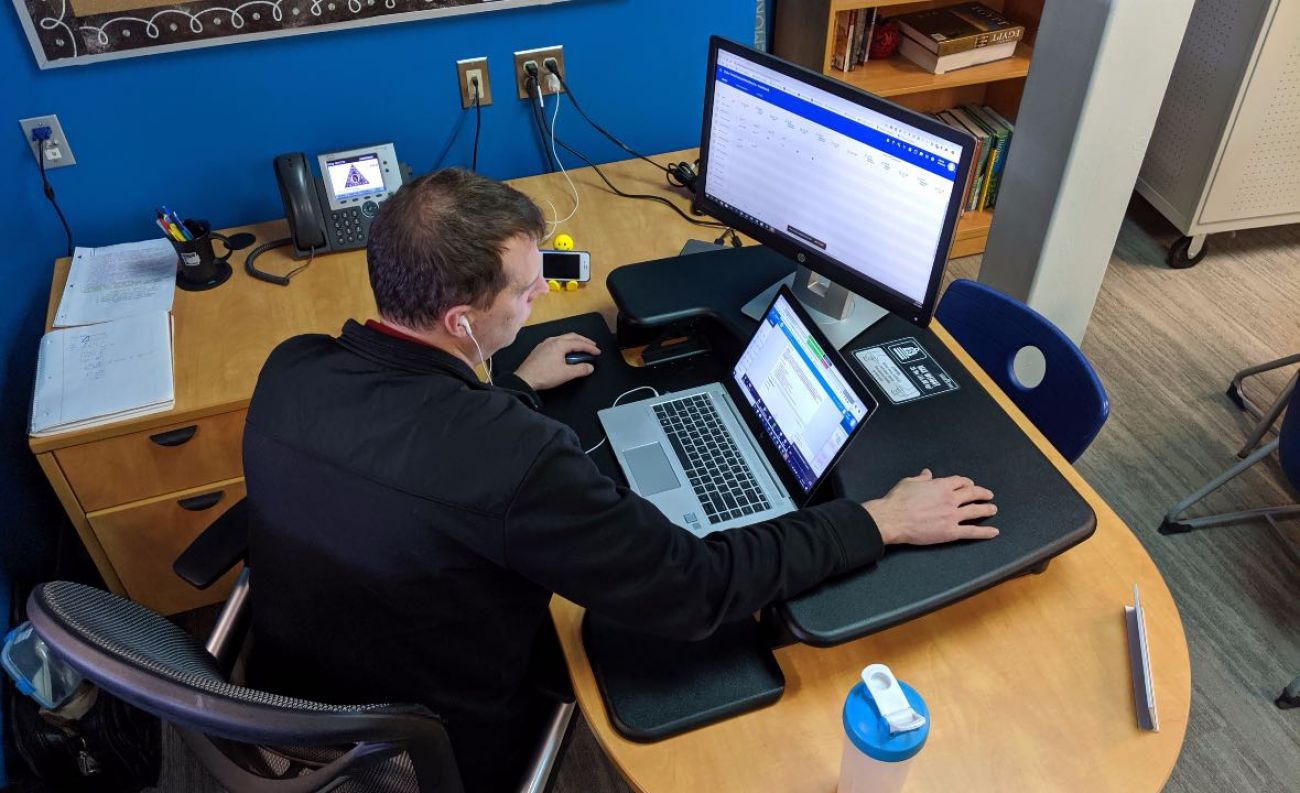
Fallout from crackdown
Since Niles adopted the changes that required more documentation, enrollment dropped by nearly a third in the 2018-2019 academic year.
There has been other fallout: Traverse City dropped its program and Center Line has scaled its back.
Eve Kaltz, superintendent of Center Line, said the program grew out of a desire to help all students and because home-school parents reached out to the district.
The program grew from a few dozen to more than 400 in 2017-18 as home-school students took classes in robotics, soccer and piano, among dozens of others.
But the Macomb Intermediate School District, which audits all districts in the county, took issue with the program. It alleged numerous violations, including poor documentation of student progress, overinflated claims, classes not offered to the other students in the district, and homeschool students taking too many elective classes.
All told, the district faces the loss of more than $3.2 million in state funding; the intermediate school district concluded it billed the state for 152 more students than were allowed in 2016-17; 220 in 2017-18, and 123 in 2018-19.
Although those rulings are being appealed, the district has shuttered its home-school program.
“Which I grieve every day,” Kaltz said. “And I grieve because I think kids are missing opportunities because we made that switch.”
Michigan Education Watch
Michigan Education Watch is made possible by generous financial support from:
Subscribe to Michigan Education Watch
See what new members are saying about why they donated to Bridge Michigan:
- “In order for this information to be accurate and unbiased it must be underwritten by its readers, not by special interests.” - Larry S.
- “Not many other media sources report on the topics Bridge does.” - Susan B.
- “Your journalism is outstanding and rare these days.” - Mark S.
If you want to ensure the future of nonpartisan, nonprofit Michigan journalism, please become a member today. You, too, will be asked why you donated and maybe we'll feature your quote next time!






